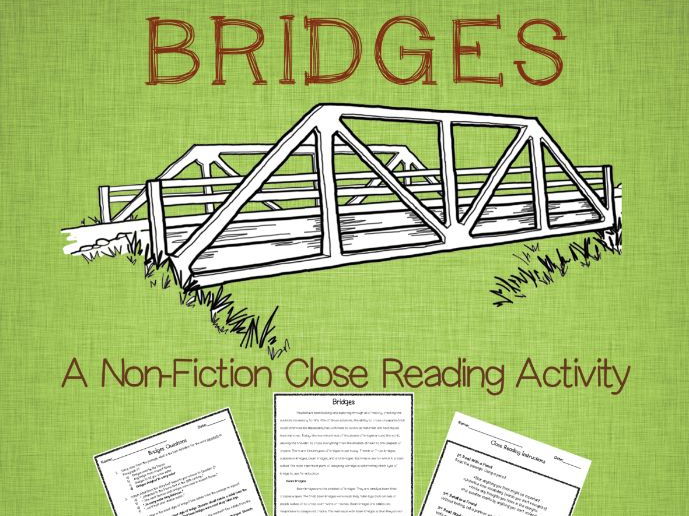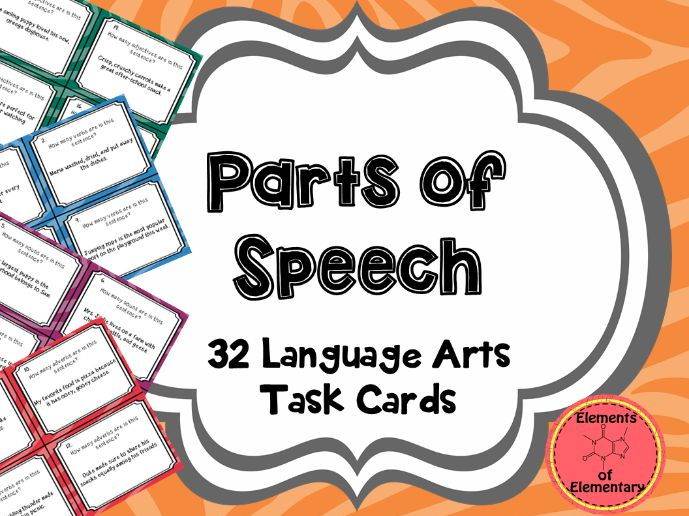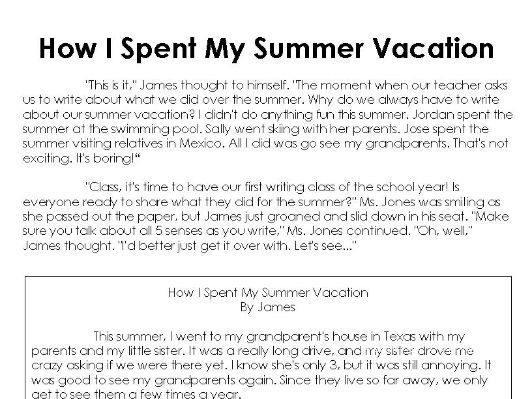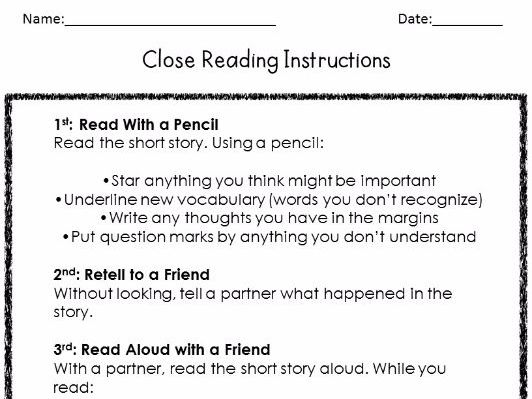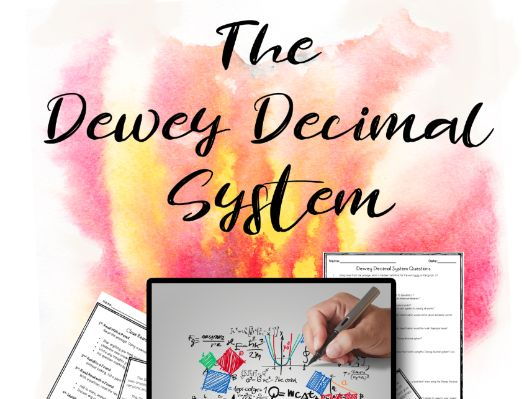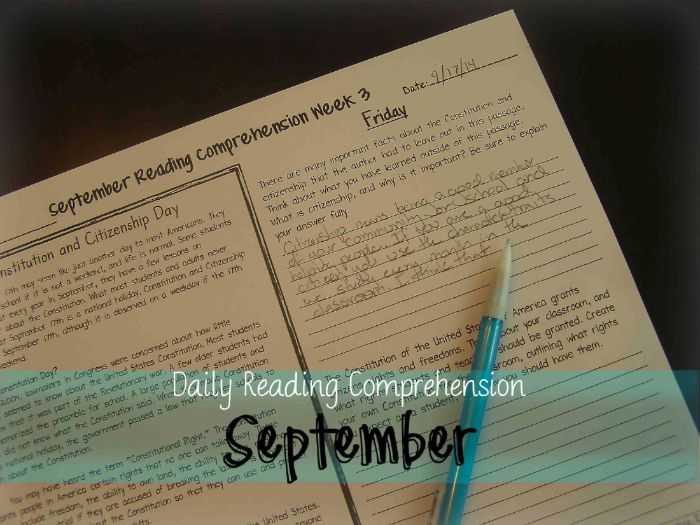Elements of Elementary
I am currently a 2nd grade teacher at a public school in Arkansas, with 7 years of teaching experience. I hold a Master's Degree in Elementary Education, and am certified for P-8. I also hold a P-12 certification in ESL. I have taught 1st, 2nd, 3rd, and 5th grade. My teaching specialties are reading, science, and technology, although I love every subject. I am a computer programmer, and absolutely LOVE using the flipped classroom technique and new technology in my classroom.



